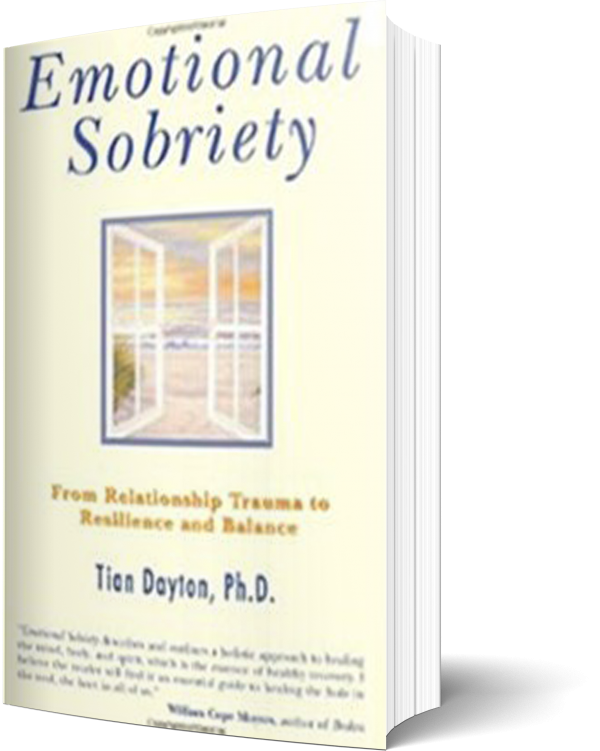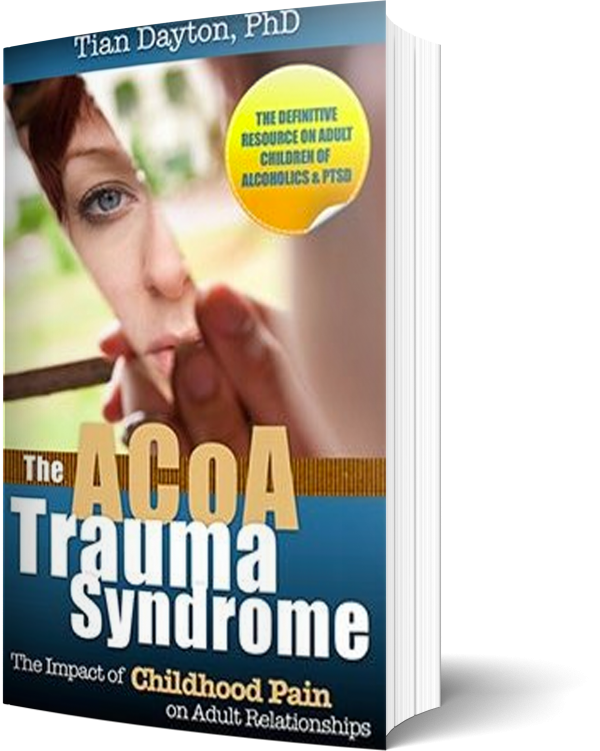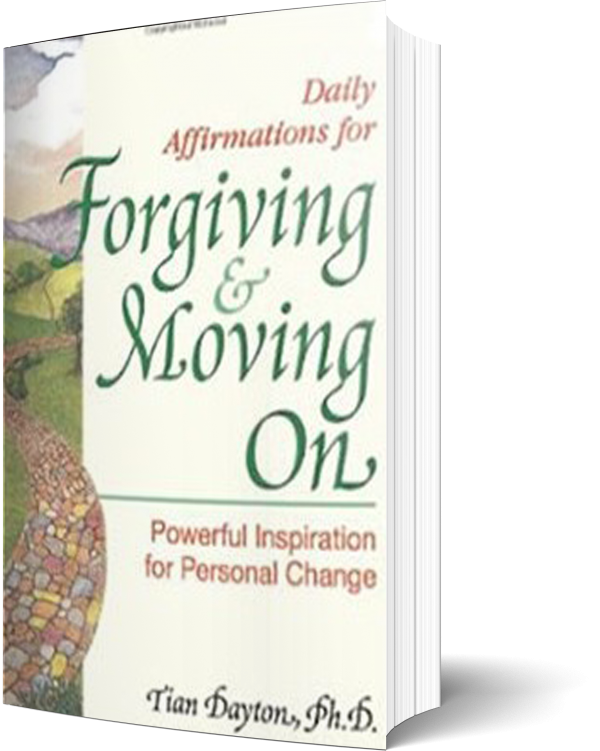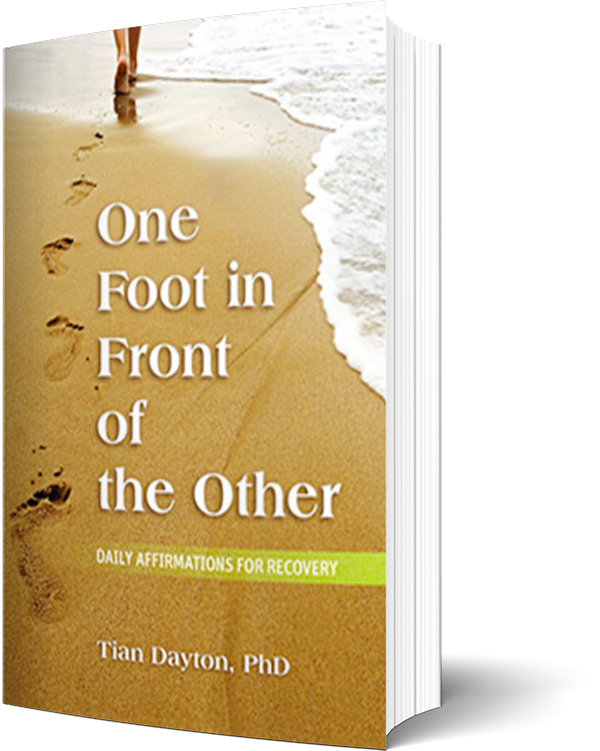Why do people feel better after attending a twelve step meeting? Why do twelve step meetings work so well for healing emotional pain and establishing new behaviors? Some of that answer lies in neurobiology. Because of the way our nervous systems are put together, going to meetings can actually restructure our limbic systems.
We, as humans, are physiologically patterned to resonate to each other at a deep neural level through a phenomenon called limbic resonance. Like it or not, we are wired to pick up on and process other people’s emotions through our own neurological networks. Daniel Stern, an American scientist working at the University of Geneva has long been exploring these subtle interactions. “our nervous systems, says Stern, are constructed to be captured by the nervous systems of others, so that we can experience others as if from within their skin.” Thomas Lewis, author of A General Theory of Love says, “our neural architecture places relationships at the crux of our lives, where, blazing and warm, they have the power to stabilize. When people are hurting and out of balance, they turn to regulating affiliations: groups, clubs, pets, marriages, friendships, masseuses, chiropractors, the Internet. All carry at least the potential for emotional connection. Together those bonds do more good than all the psychotherapies on the planet”. He goes on to connect parenting with emotional stability and strength, “ a parent who rejects a child’s desire to depend raises a fragile person. Those children, grown into adulthood, are frequently those who come for help.”
The relational patterns encoded into the limbic system do not necessarily respond to insight alone. Instead they respond to the slow re-patterning or recoding of the complex brain and body systems.
Twelve step programs offer the opportunity to revise and re-pattern one’s limbic system. Simply to experience powerful emotions in the presence of others and get from the beginning to the end of them without acting out or triggering a crisis or collapsing into helplessness is re-patterning and rewiring. Slowly, over time, it re-regulates our own emotional responses. which in turn re-regulate behavior.
So how does that happen? As we sit in twelve step meetings listening to others share their “stories” in feeling ways, we come close to each other’s “limbic worlds”. We sit, we are stirred emotionally, we listen, we identify or notice that we do not identify. We neither affirm nor deny what is said nor do we shout back, give advice, attack or run out the door. We’re aware of feelings long forgotten, we experience their effect on us, we have insights and “aha’s”. Over time, as this process repeats and repeats itself, something within us shifts into a more aware and understanding position. As this process, quiet on the outside but often noisy on the inside reoccurs countless times, we slowly become different on the inside, we actually learn how to feel our feelings and translate them into words, we learn to “sit with” our powerful emotions without acting out, blowing up or imploding. We develop the skills of emotional regulation. Gradually we feel more whole, capable and confident; we become capable of feeling our own feelings and thinking our own thoughts, a hallmark of independence.
Why Limbic Repatterning Regulates Our Emotions
Our animal brain is part of what is referred to as our “limbic system” or that part of our brain/body network that governs moods, controls appetite and sleep cycles, promotes bonding, stores highly charged emotional memories, modulates motivation, and directly processes the sense of smell and libido. In short, our limbic system is central to how we feel, sleep, eat, operate in the world and relate to others. Our limbic systems are slowly nurtured and developed throughout childhood. A well regulated limbic system can allow us to live in balance, relate in balance, eat in balance, sleep in balance and feel in balance. Deregulation in the limbic system can lead to depression, anxiety, sleep disturbances to name a few. Also addictions can reflect problems with limbic regulation. We can have trouble regulating, for example, our relationship with alcohol, food or sex. We over do or we under do.
Healing emotional trauma takes time because emotions are stored in the limbic system which is in our bodies. Healing emotions therefore means neurological healing, it’s healing the body.
Further reading for those interested in emotional trauma and addiction:
Those who do poorly in healing deep emotional wounds in my experience are often the ones who, for some reason or another, don’t like the idea of putting in the hours; the ones who want the grand “aha” the quick fix, the flash of insight that will take all their pain away. Forever. And NOW. Maybe they go to Twelve-Step meetings and are bothered by what people do or don’t say, maybe the idea of groups annoys, threatens or makes them feel vulnerable. Or perhaps a one-to-one relationship brings up more fear and mistrust than they can face feeling. But sooner or later they will need to come to terms with their aversion to connection and join something. If the trauma has been living with addiction, abuse or neglect twelve step rooms have the advantage of teaching about the disease of addiction and its long term effects. Even if addiction was a generation away the traumatic effects of living with it may still be reverberating a generation later. A parent who was raised by an alcoholic, in other words, may parent in ways that directly relate to growing up with addiction. For example, a child who felt abandoned by an alcoholic mother may be over controlling and clinging of her children or the father who was “jerked around” by his alcoholic father may be distant or cold to his own son.
Why is it So Hard to Heal These Relational Wounds?
Unfortunately when it is relationships that have hurt us we can become fearful of entering the kinds of healing relationships that we need to become healthy and more balanced. The idea of dependency on others or being emotionally vulnerable in their presence brings up anxiety, resentment and fear of being disappointed or let down. It becomes fraught with fear and mistrust. Therefore, instead of being able to enter into a trusting and balanced sort of dependency, those who have been hurt in relationships may avoid emotional intimacy and closeness, because unconciously they fear being hurt again. Twelve step rooms let them take baby steps toward a new way of relating. In the rooms they can depend on the program and the healing energy of the group rather than any one person. This less threatening form of dependency can lead them gradually toward increased trust and more manageable and meaningful connection with others.





